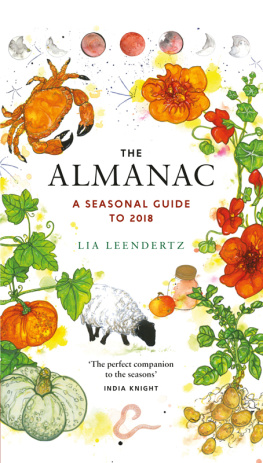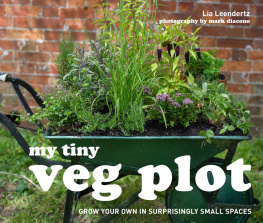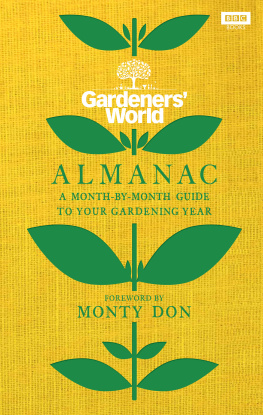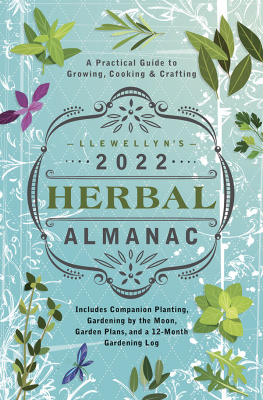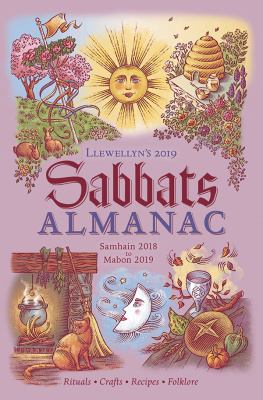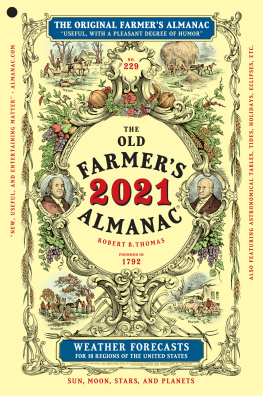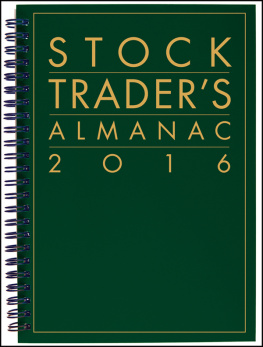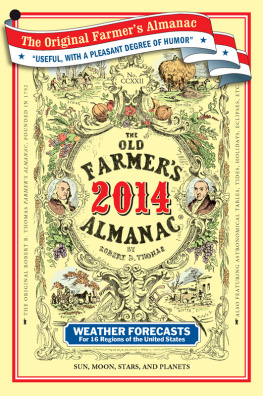
Dear Reader,
The book you are holding came about in a rather different way to most others. It was funded directly by readers through a new website: Unbound. Unbound is the creation of three writers. We started the company because we believed there had to be a better deal for both writers and readers. On the Unbound website, authors share the ideas for the books they want to write directly with readers. If enough of you support the book by pledging for it in advance, we produce a beautifully bound special subscribers edition and distribute a regular edition and e-book wherever books are sold, in shops and online.
This new way of publishing is actually a very old idea (Samuel Johnson funded his dictionary this way). Were just using the internet to build each writer a network of patrons. At the back of this book, youll find the names of all the people who made it happen.
Publishing in this way means readers are no longer just passive consumers of the books they buy, and authors are free to write the books they really want. They get a much fairer return too half the profits their books generate, rather than a tiny percentage of the cover price.
If youre not yet a subscriber, we hope that youll want to join our publishing revolution and have your name listed in one of our books in the future. To get you started, here is a 5 discount on your first pledge. Just visit unbound.com, make your pledge and type almanac5 in the promo code box when you check out.
Thank you for your support,

Dan, Justin and John
Founders, Unbound
For Lyssa, on the other side of the world, where the sun is also sinking down, and the moon slowly rising...
x
With special thanks to Hartley Botanic, a patron of this book
CONTENTS
January
1 New Years Day (bank holiday)
2 2nd January (local holiday, Scotland)
6 Epiphany/Twelfth Night
13 Lohri Punjabi midwinter festival
17 Wassail/old Twelfth Night
25 Burns Night
31 Tu BiShvat Jewish New Year of the Trees

J anuary is named after the Latin for door, ianua , being the opening onto the year. Neatly, doors feature heavily in New Years celebrations. Traditionally, doors were flung open at midnight to let the old year out, saucepans banging to scare it away. The first person through your door after midnight sets the tone for the rest of your year: ideally your first footer should be a tall, dark-haired man, bringing coal (for warmth), salt or money (riches), or bread and wine (plenty). Take nothing out of the door on New Years Day, not even last nights bottles.
In January we often only step out through the door ourselves after ten minutes of dedicated cladding with wool and Gore-Tex, as the wind is keen and cutting, circling unscarfed necks and needling into the foolish gaps between tops and bottoms. Although midwinter falls in December, the warmth trapped in the land and the sea creates a lag, and the full chill of our tilt away from the sun and towards cold, dark space is only felt now.
But it is still worth getting out. The countryside has a bare beauty, all bones and hazes of purple and ochre in the low winter light, every last shred of green leaf having finally dropped. And once chilled to the bone, there will be log fires and marmalade-making and cosy puddings, back behind your own firmly closed front door.
THE SKY
Moon phases
Full moon 2nd January | 
|
3rd quarter 8th January | 
|
New moon 17th January | 
|
1st quarter 24th January | 
|
Full moon 31st January | 
|
In the night sky this month
1st | Supermoon. The moon will be particularly close to the earth for this full moon and so may appear larger and brighter than normal. |
3rd & 4th | The Quadrantid meteor shower, with up to 70 bluish and yellowish meteors per hour. Unfortunately this year it coincides with a full moon so may be hard to see. |
7th | Mars and Jupiter in conjunction for several weeks, but closest tonight, visible before dawn in the southern sky. |
9th | Venus changes from being a morning planet to an evening planet, but it will be lost in the glare of the sun for several weeks. |
11th | Look out for a close approach of the crescent moon with Jupiter tonight, before dawn in the southern sky. |
Constellation of the month Orion
Orion is one of the most recognisable constellations, and beautifully visible in the winter sky. Look directly south at 10 p.m. in mid-January and it is around halfway between the horizon and the zenith, but it should not be hard to find at other times. Orion contains two of the ten brightest stars in the sky: Betelgeuse, a red supergiant in its top left-hand corner; and Rigel, a blue-white supergiant. When the sky is dark and clear, you will see a fuzzy star a little below Orion s belt. This is the great Orion Nebula, the nearest region of massive star formation to earth, and hence one of the most studied objects in the sky.

Moon rise and set
London | Glasgow |
Rise | Set | Rise | Set |
1st | 15.49 | 06.59 | 15.45 | 07.38 | full moon |
2nd | 16.55 | 08.05 | 16.51 | 08.44 |
3rd | 18.09 | 09.00 | 18.08 | 09.36 |
4th | 19.27 | 09.44 | 19.30 | 10.16 |
5th | 20.45 | 10.19 | 20.52 | 10.47 |
6th | 22.01 | 10.48 | 22.13 | 11.12 |
7th | 23.13 | 11.14 | 23.30 | 11.33 |
8th | 11.37 | 11.53 | 3rd quarter |
9th | 00.24 | 12.00 | 00.44 | 12.11 |
10th | 01.31 | |
Next page
